Did you know? Over the last decade, Charlotte’s population has skyrocketed by nearly 25% , making it one of the fastest-growing urban hubs in both North Carolina and the entire United States. This explosive growth is reshaping the city’s neighborhoods in ways that might surprise even long-time residents. If you’re considering a move, investment, or simply want to understand the changing face of Charlotte, exploring its neighborhood demographics is your essential first step.
Unlocking Charlotte Neighborhood Demographics: Why They Matter for North Carolina Residents and Movers
- Charlotte neighborhood demographics influence everything from real estate trends to school quality; understanding this information helps you make informed decisions when relocating or investing.
- Learn how Charlotte stands out from other United States cities with its rapid population growth and unique demographic shifts.

What You'll Discover About Charlotte Neighborhood Demographics
- The latest racial and ethnic breakdowns in the Charlotte area
- Trends in household income and population growth
- How Charlotte compares to other major North Carolina cities
- Insights on neighborhood diversity and wealth distribution
Charlotte Neighborhood Demographics: A Snapshot of Population Growth in North Carolina’s Urban Hub
When it comes to population growth , Charlotte area demographics reveal a story of remarkable expansion and transformation. The population of Charlotte has surged far ahead of the United States average, making it a true growth engine in North Carolina . This trend is visible not just in the bustling downtown but across every square mile of the city, influencing everything from new development in neighborhoods west of uptown to increased population density in established suburbs. According to the Census Bureau and American Community Survey , Charlotte’s total population leaped from 731,424 in 2010 to over 913,000 by 2023—a rise that outpaces many cities nationwide.
But why does this matter for residents and movers? Rapid population growth impacts education level options, average household size , and even the types of amenities and services available. The city’s demographic evolution brings cultural vibrancy and economic opportunity, but also means understanding your new community is more important than ever before. Whether you’re searching for the best schools, planning for long-term investments, or just curious about the people shaping your city, charlotte neighborhood demographics are your guide.
| Year | Charlotte Population | United States Population Growth (%) |
|---|---|---|
| 2010 | 731,424 | 9.7 |
| 2020 | 874,579 | 6.7 |
| 2023 | 913,172 | 6.0 |
"The Charlotte area has seen one of the fastest rates of population growth in North Carolina—and the United States—over the past decade." - Demographics Research Institute
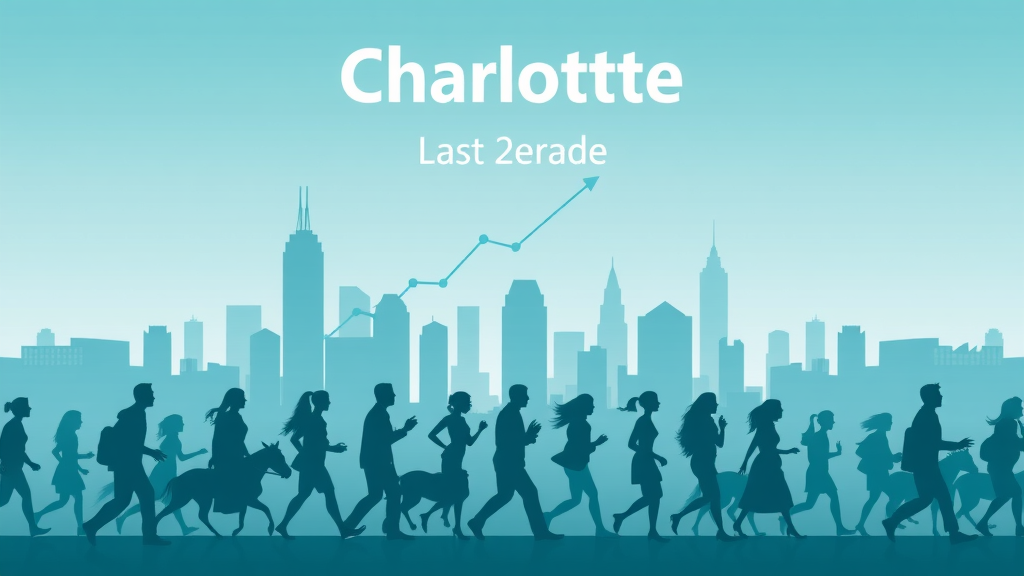
Race and Ethnicity in Charlotte Neighborhood Demographics: Mapping Diversity Across North Carolina
One of the most important insights from Charlotte neighborhood demographics is how the city’s racial and ethnic composition has changed in recent years. Unlike many cities where one racial group dominates, Charlotte boasts a diverse blend of residents from all backgrounds—a true reflection of North Carolina’s evolving identity. In the latest community survey , White (non-Hispanic) residents make up a decreasing share, while Black or African American, Hispanic or Latino, Asian, Native American, and multiracial communities continue to grow. This shift in race and ethnicity is not just a statistic—it shapes Charlotte’s schools, cultural festivals, and even influences how local law enforcement connects with neighborhoods.
Neighborhoods that once identified as predominantly White—like Myers Park or Dilworth—now coexist alongside communities such as North Charlotte, where African American and Hispanic or Latino populations are on the rise. The expansion of minority groups in the city of Charlotte —from Black or African Americans to growing Pacific Islander and Asian communities—marks Charlotte as one of the South’s most cosmopolitan cities. These population changes influence both the city’s social dynamics and its future growth strategies.
Detailed Breakdown: Racial Makeup of Charlotte NC Neighborhoods
- White (Non-Hispanic)
- Black or African American
- Hispanic or Latino
- Asian
- Native American
- Multiracial and Other Groups
"Charlotte neighborhoods mirror the evolving race and ethnicity profile of the wider North Carolina area." - Urban Studies Professor

Charlotte Neighborhood Demographics by Household Income and Wealth Distribution
Another aspect where Charlotte neighborhood demographics stand out is in household income and overall wealth distribution. The city’s reputation as one of the wealthiest in North Carolina is accurate, but it’s essential to know that the wealth is far from evenly distributed. For instance, Myers Park—well known for its stately homes—boasts some of the highest median household incomes in the state, while areas like North Charlotte and Plaza Midwood demonstrate much broader household income ranges. This diversity in wealth and income shapes everything from neighborhood amenities to quality of life and even school funding.
Mecklenburg County data highlights that while some Charlotte neighborhoods experience significant affluence, others are still striving for economic parity. This disparity impacts not just current residents but also those considering moving to Charlotte, as neighborhood selection can deeply influence overall lifestyle—from access to parks to community support services. It is also important to note how these trends reflect larger national patterns of wealth distribution, connecting Charlotte’s narrative to that of many other major United States cities.
What Is the Average Household Income Across Charlotte Area Neighborhoods?
| Neighborhood | Median Household Income (USD) |
|---|---|
| Myers Park | $142,974 |
| Dilworth | $105,083 |
| Plaza Midwood | $82,550 |
| University City | $62,321 |
| North Charlotte | $48,170 |
"Despite being one of the wealthiest cities in North Carolina, income varies widely across Charlotte neighborhoods." - Local Economist
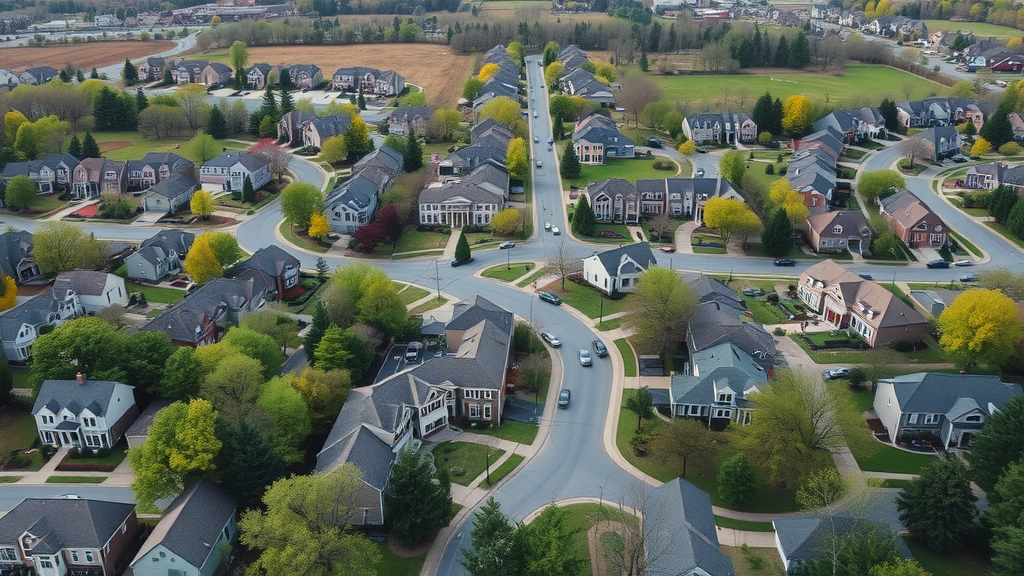
Race and Ethnicity: Native American and Minority Populations in Charlotte Neighborhood Demographics
When examining smaller but significant groups within charlotte neighborhood demographics , the presence of Native American residents and other minorities reveals fascinating trends. While the largest minority populations remain African American and Hispanic or Latino, Native Americans are carving out a vibrant cultural space in several neighborhoods. According to the Census Bureau and local data sources, parts of East and North Charlotte have seen a modest but steady rise in Native American households—a trend echoed in other parts of North Carolina . These shifts are often accompanied by deeper community engagement, and unique festivals that celebrate Native American heritage and contribute to Charlotte’s cultural diversity.
What sets Charlotte apart is how its-growing Native American community collaborates across cultural lines, creating diverse neighborhoods where traditions and celebrations are shared with Asian, African American, and Hispanic residents. This blending of cultures enriches community life and makes the city’s neighborhoods more welcoming to new arrivals, while also informing local government and policy. For those looking to understand the city at a deeper level, recognizing these smaller populations is a crucial part of the broader demographic picture.
Understanding the Presence and Growth of Native American Communities
- Current Native American population by neighborhood
- Comparison with other minority groups in the charlotte area
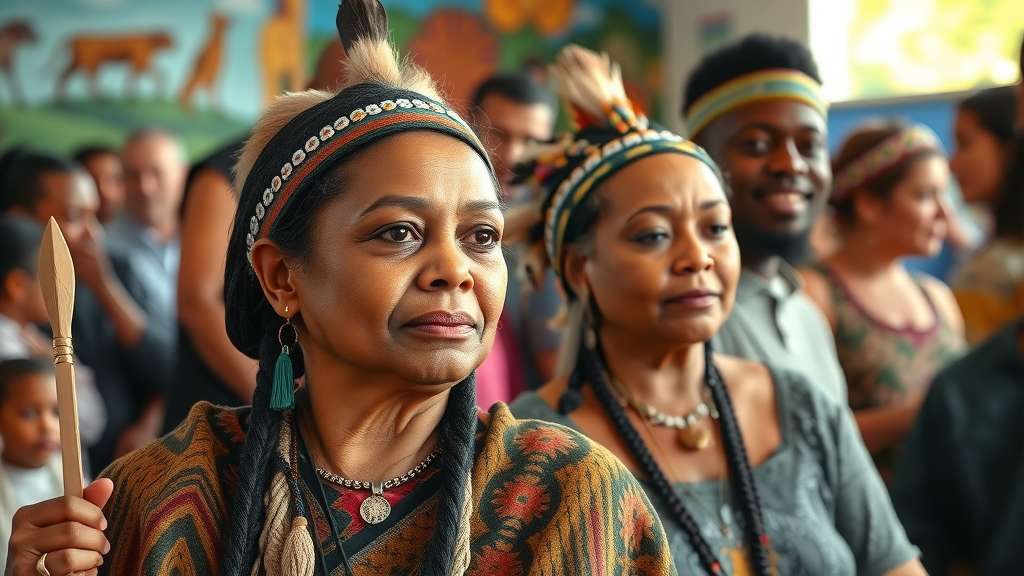
Charlotte Neighborhood Demographics: A Comparison with Other North Carolina and United States Cities
How does Charlotte area diversity stack up against major cities in North Carolina and beyond? Recent data indicates that Charlotte’s racial and ethnic diversity is not only keeping pace with that of cities like Raleigh, Greensboro, and Durham, but in some cases, exceeding it. For example, the proportion of Hispanic residents and multiracial individuals in Charlotte neighborhoods is higher than many other NC cities, according to the Census Bureau and American Community Survey . This has wide-ranging effects on everything from language services in public schools to business diversity and cultural opportunities throughout the city.
At the national level, Charlotte’s blend of economic opportunity, urban attractions, and neighborhood diversity makes it a standout among Southern cities. It draws new arrivals at rates similar to Houston or Atlanta, and its educational institutions, including UNC Charlotte , attract a global student body. This comparison with national urban trends cements Charlotte’s reputation not just as a North Carolina powerhouse, but as a truly dynamic city in the broad spectrum of United States urban environments.
How Does Charlotte Area Diversity Stack Up Nationally?
- Charlotte’s racial and ethnic makeup compared to Raleigh, Greensboro, and Durham
- Charlotte’s diversity in relation to national averages
Frequently Asked Questions About Charlotte Neighborhood Demographics
What is the racial makeup of Charlotte NC?
According to the latest Census Bureau and local American Community Survey data, Charlotte’s population is approximately 41% White (non-Hispanic), 35% Black or African American, 15% Hispanic or Latino, 6% Asian, and 3% multiracial, Native American, or other racial groups. This blend of race and ethnicity makes Charlotte one of the most diverse urban centers in North Carolina . Each square mile of the city reveals a unique combination of backgrounds and cultures, from community events to local schools.
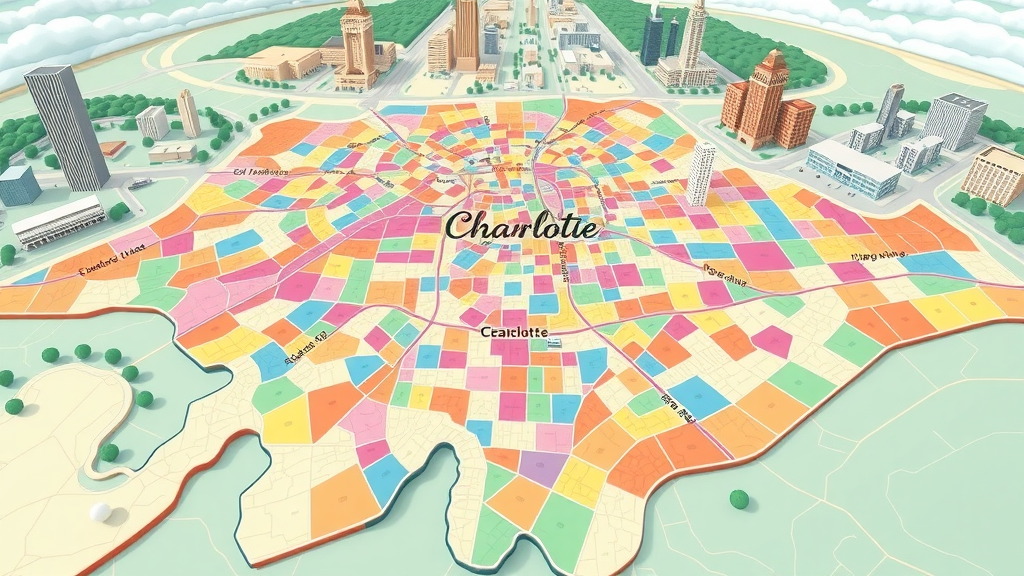
Is Charlotte racially diverse?
Yes, Charlotte is a highly racially diverse city. Residents of Charlotte come from a wide array of racial and ethnic backgrounds, with particularly strong representation from Black or African Americans and a rapidly growing Hispanic or Latino population. Compared to other cities in North Carolina and even the United States, Charlotte’s blend of cultural communities is one of its most defining features.
What is the nicest neighborhood in Charlotte?
Many consider Myers Park to be Charlotte’s “nicest” neighborhood due to its historic homes, walkable streets, and proximity to some of the city’s best schools. However, neighborhoods like Dilworth and Plaza Midwood also stand out for their vibrant social scenes, unique housing options, and high median household income levels. Ultimately, the nicest neighborhood depends on your personal preferences and lifestyle.
Is Charlotte, NC a wealthy area?
Charlotte is generally perceived as one of the wealthier cities in North Carolina, especially when compared to state and national averages. Nonetheless, household income and wealth distribution vary significantly from one neighborhood to another. Upscale neighborhoods like Myers Park have high household incomes, while other areas like North Charlotte reflect greater economic diversity.
Key Takeaways from Charlotte Neighborhood Demographics
- Charlotte neighborhood demographics reveal rapid population growth, increasing diversity, and varied income levels
- Understanding race and ethnicity , income , and growth trends is key for anyone moving to or investing in Charlotte
- The city’s profile aligns with larger North Carolina and United States urban demographic trends
Plan Your Next Move: Explore Charlotte Neighborhood Demographics for Informed Decisions
- Whether you’re relocating, investing, or simply interested in North Carolina’s vibrant communities, use our up-to-date data on charlotte neighborhood demographics to guide your journey. Unlock more insights—reach out for custom reports or neighborhood tours today!
Ready to explore? Use these insights to choose the best Charlotte neighborhood for your goals, and contact local experts for customized demographic reports or on-the-ground tours.
Sources
- https://www.census.gov/quickfacts/charlottecitynorthcarolina – U.S. Census Bureau QuickFacts (Charlotte City, North Carolina)
- https://data.census.gov – Census Bureau Data Portal
- https://www.carolinademography.org/tag/charlotte/ – Carolina Demography: Charlotte Posts
- https://www.urban.org/sites/default/files/publication/104121/race-and-ethnicity-in-charlotte.pdf – Urban Institute: Race and Ethnicity in Charlotte
- https://mecknc.gov/Pages/Home.aspx – Mecklenburg County Government
- https://www.charlottenc.gov/Growth-and-Demographics – City of Charlotte: Growth and Demographics Reports
- https://www.niche.com/places-to-live/search/best-neighborhoods/m/charlotte-metro-area/ – Niche: Best Neighborhoods in Charlotte Metro Area
 Add Row
Add Row  Add
Add 


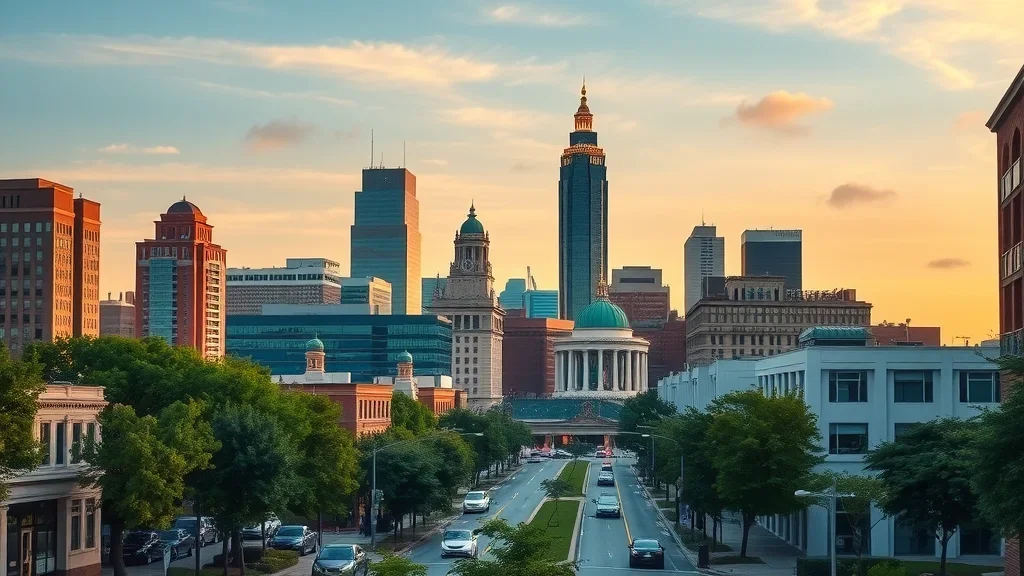
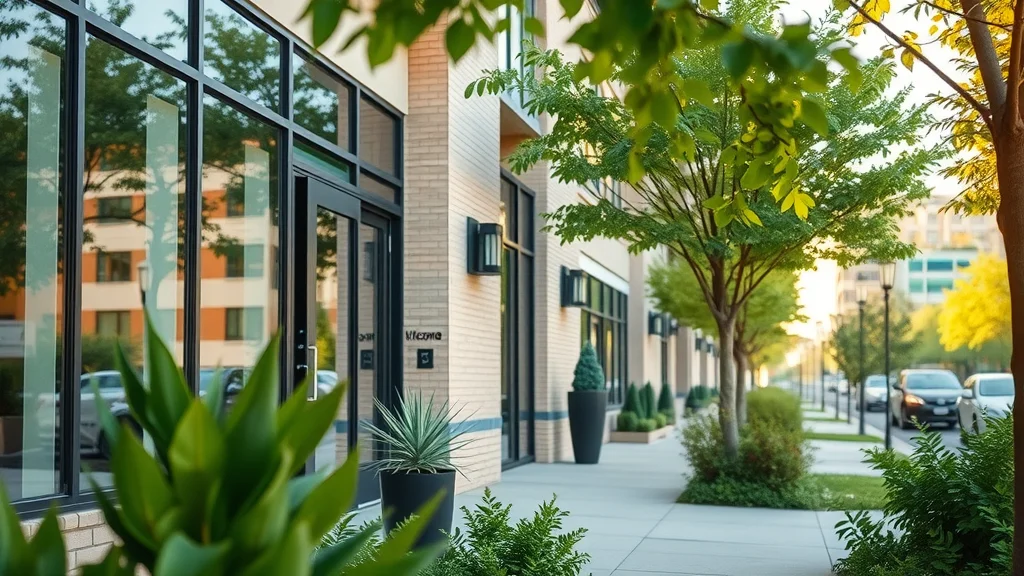
Write A Comment